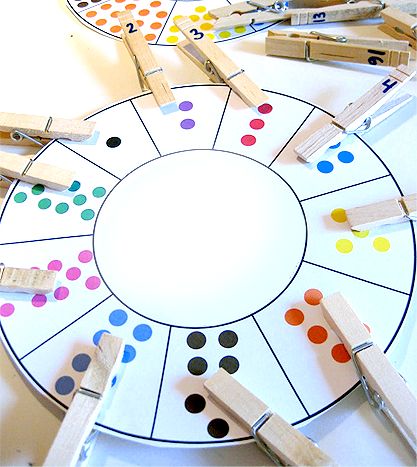Agnaldo Pedro Santos Filho[1]
publicado em 05/04/2010 como www.partes.com.br/educacao/cognitiveprocessing.asp

The capacity for acquiring and constructing knowledge is called cognitive processing. It is related to the information processing that involves attention, perception, memory, reasoning, imagination, thought and language.
Every student has a different cognitive processing. Some of them can be characterized by its preference for a deep or surface learning. The deep learning students examine, criticize, make inferences, reflect on the facts and they are able to relate the information they to ideas. The surface learning students ‘receive’ the information passively in an isolated way, without criticizing or relating them to their background knowledge.
As students have different goals, learning styles and particularities. Furthermore, there are internal and external factors that interfere in the learning process, such as biological factors, motivation, students’ objectives and the environment they live in. So teachers may not classify them as good or bad students
In order to develop higher cognitive processing in surface learning students, the teacher must be able to choose the appropriated teaching techniques to activate the students’ background knowledge.
Nunan (1989) points out steps which in a possible teaching sequence involving comprehension based activities, controlled production activities and activities that stimulate the learner to a real communicative interaction, in this sequence the demands on the learner gradually increase. These activities can be graded according to the cognitive and performance demands of the learner and they are based on processing, production and interaction:
A- Processing (comprehending)
- Read or listen to a text – no overt response.
- Read or listen to a text and give a non-verbal, physical response.
- Read or listen to a text and give a non-physical, non-verbal response.
- Read or listen to a text and give a verbal response.
B – Productive
- Listen to cue utterances, dialogue fragments and repeat.
- Listen to a cue and complete a substitution or transformation drill.
- Listen to a cue (e.g. a question) and give a meaningful response (i.e.) one that is true for the learner).
C – Interactive
- Simulation.
- Discussion.
- Problem solving.
Teachers can activate students’ knowledge and engage them in learning through Constructive Alignment. According to this theory, the students are responsible for their own learning and knowledge is constructed from what they do to learn. In this perspective the teacher’s intention, the students’ activities and the exam’s assessment are linked.
In order to activate higher cognitive processing, the teacher has to define the learner outcomes and activities to enable the students to attain them. According to Warren (2004) to align the students, it is necessary to follow the steps below:
1- Define the learning outcomes. (Think about what we want students to do).
2- Select learning and teaching activities likely to enable the students to attain the outcomes (It is necessary to consider approaches that require participation that is more active and encourage more high-level learning taking in consideration the different learning stiles).
3- Assess the students’ outcomes and grade the students learning (the grades are awarded according to how well students meet the desired learning outcomes).
The teacher also needs to have its practice based on the students’ learning focus. It can be achieved through the task continuity. Nunan (1989) suggests that according to the task continuity, the skills practiced and acquired are utilized in the following one. Inking the activities to form a sequence which the completion of an activity is necessary for the succeeding ones.
References:
NUNAN, David. Designin tak for the communicative classroom. New York: Cambridge University Press, 1989.
Teaching Teaching & Understanding Understanding available on <http://video.google.com/videoplay?docid=-5629273206953884671>. Accessed on September, 10th.
WARREN, Houghton. Constructive Alignment – and why it is important to the learning process. Available on <http://engsc.ac.uk/er/theory/constructive_alignment.asp>. Accessed on September, 10th.
[1] Graduado em Letras com Inglês pela Universidade do Estado da Bahia. Atualmente exerce as atividades de professor de inglês para o Ensino Fundamental II das redes pública e privada. agnpedro@gmail.com
[2] http://arc.caut.hku.hk/images/ConstructiveAlignment.gif


